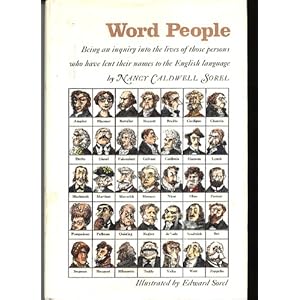Last month, I got an e-mail from Larry. Larry was writing to give me Tekno Book's copyedit of my story, "The Delivery," which will be published in MWA's 2013 anthology, The Mystery Box. Attached to his e-mail was a file containing five documents:
1) My story, naturally, with their edits, naturally
2) My bio, with their edits
3) The "front matter" consisting of the story copyright and the Table of Contents
4) A nine page pdf document with step-by-step instructions on how authors should use various forms of Word Track Changes to reply to the copy editor's editing
5) The Style Sheet
I poured a morning cup of coffee and hunked down for a long sit.

First, I read the step-by-step instructions all the way through. This should be a no-brainer for most of you, however some men have an inherent reflex to think they already know how to assemble a project or complete a task without messing with instructions. And yes, I have sometimes had a few extra pieces left over at the end of a project and then had to backtrack to find out where they should have gone the first time. Let's just say I'm learning. This time, as it turns out, I really did know how to do this part.
Next, I read the Style Sheet. This was a new one on me, having never seen one of these animals before. The first section was alphabetized for various words cropping up within the entire book. Words which the copyeditor thought needed to be determined in advance as to which way was the preferred spelling and/or usage according to certain references on the correct writing style. Webster's and The Chicago Manual of Style were references I was at least aware of, but I had never heard of Words Into Type. The rest of this document addressed each individual story and listed words within that story which the copyeditor had evidently researched for correct spelling and/or usage. Fascinating. I didn't truly appreciate this Style Sheet until after reading over the three other documents and seeing how it was applied.
Figuring the "front matter" would be an easy one, I tackled it next. Twenty seconds and there was nothing more for me to do here. No changes.
Okay, time to read the bio. Hey, I've been writing these short blurbs for years and nobody's ever said anything about them so what problems could there possibly be? Whoa! Turns out I capitalized some words I shouldn't have, and whereas it's long been decided there is no longer an 's after Hichcock in Alfred Hitchcock Mystery Magazine, there is still some discussion as to an 's after Queen in Ellery Queen Mystery Magazine. These Teckno Book people as serious about getting everything right. Good for them, but now I can't help wondering how they even let me in.
Only document left to read is my copyedited story. Best get a second cup of coffee just in case the document is bleeding red ink. Turns out later, I'm gonna have coffee left over in the cup when I'm finished. Not that I'm good, mind you, but most of their copyedits are for words I didn't hyphenate when they evidently should have been. I know, I'm an anachronism and the world has changed during the last unpteen years, yet I sure don't remember so many hyphens being used for those words in the distant past. Rob's been trying to enlighten me, but that's part of my long learning process before it takes. (You'll probably find some words in this article which should have been hyphenated.)
It merely took a cup-and-a-half of coffee (I assume those three hyphens belong there) before my copyediting was finished. I only had to make two edit changes on my own, but learned some new stuff from them guys. Hope it sticks. I still like the English spelling of grey instead of gray.
Bottom line: Those Tekno Book people sure make it easy to work with them on copyedit matter. I may have to try this MWA anthology thing again next year.


































